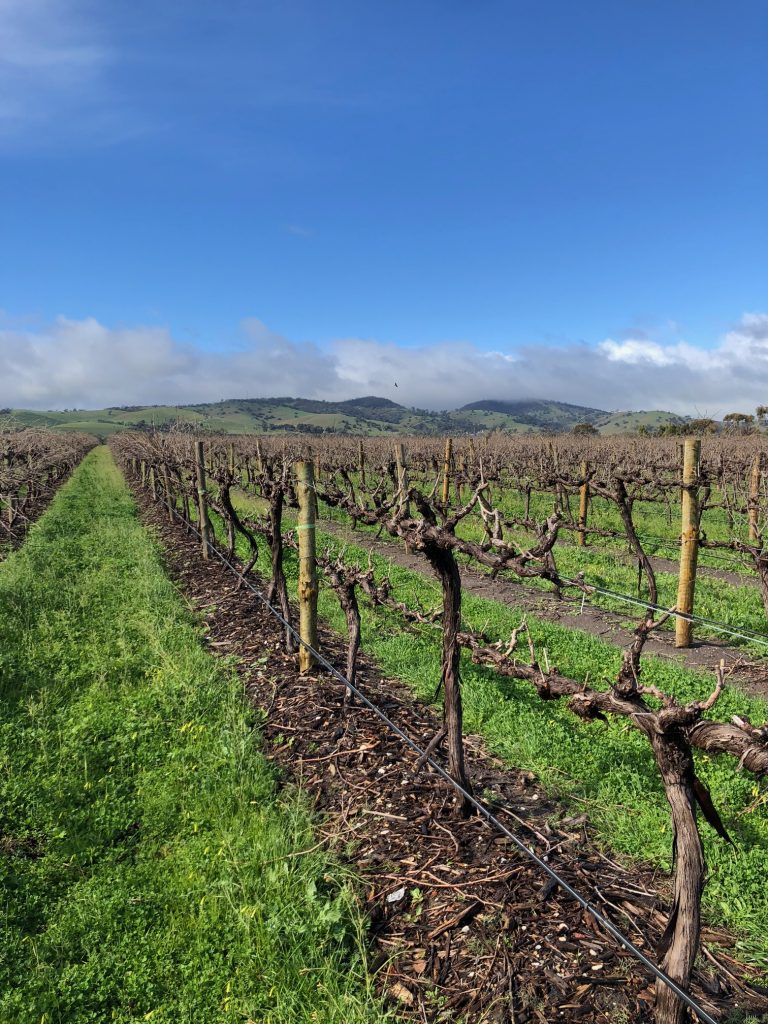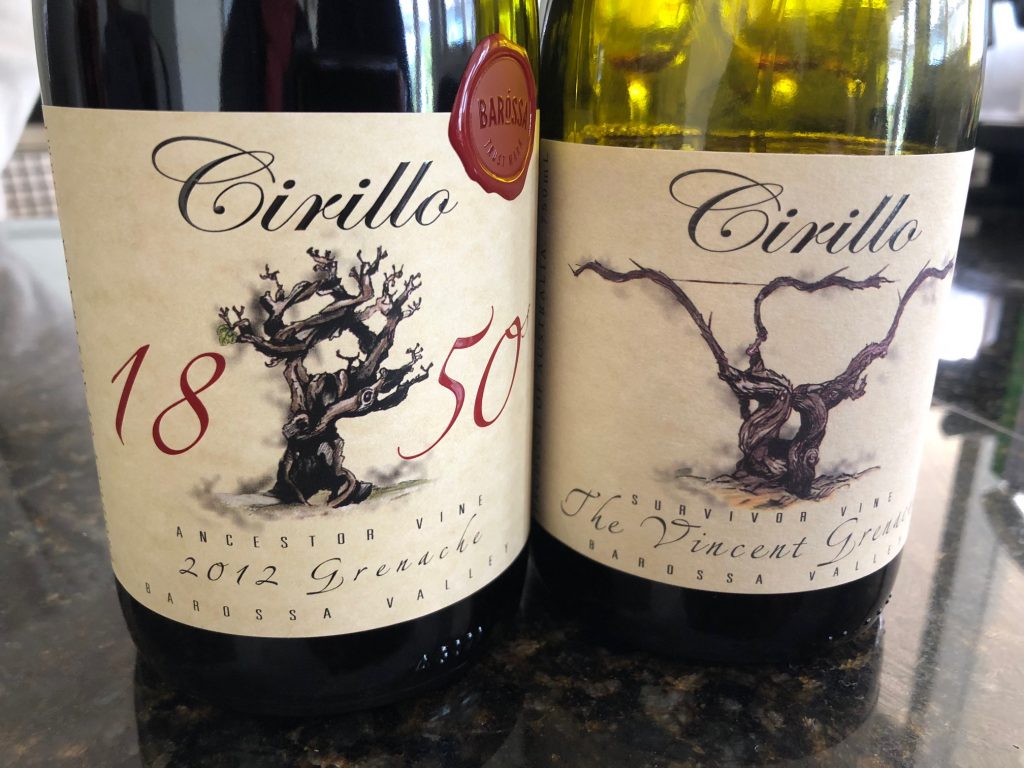The Barossa Zone, which incorporates the Barossa Valley and Eden Valley regions as well as the small High Eden sub-region, has a total of 13,989 hectares of vines (2018). The Barossa Valley is the largest region in Australia, outside of the power-house of the inland river regions (Riverland, Riverina and Murray- Darling). In 2021 the crush in the Barossa Valley was 60,018 tonnes of grapes.
The Barossa Grounds project was established in 2008 and is a collaboration between Barossa Grape and Wine Association, South Australian soil scientists and viticulturalists and State government’s Department of Primary Industries. It looks at the impact of soils and climate on wine styles.

The project splits the Barossa Valley into three ‘Grounds’- Northern, Central and Southern. As well as recognizing the Eastern Edge and Western Ridge.
In the Northern Grounds you find the most full-bodied Shiraz. Rising to a height of 450 meters, the soil are comprised of red earth with schist and ironstone. Top soils are very thin. The parishes of Greenock and Seppeltsfield are on the ridge of the Northern Grounds and contain some of the oldest soils in the valley. The hamlets of Ebenezer, Moppa and Kalimna are on flatter ground.
In the Central Grounds lies the parishes of Bethany and Krondorf as well as the Vine Vale, Light Pass, Gomersol and Stonewell/Marananga areas. Altitude rises to 280 meters and is warmer than the Northern Grounds, but tempered by gully breezes from the eastern ridge which is the topographical feature of the valley. The soils on the Central Grounds are sandy loam and black cracking clay , a term that indicates what happens when they dry out. These are some of the most common soils found in the valley. There is a band of extremely sandy soils around the Light Pass and Vine Vale area. Grenache is growing in stature in the Barossa, Vine Vale has one of the oldest Grenache vineyard in the world. See the video. Wine from the Central Grounds produce red berry and earthy aromas with a round supple palate.

The Southern Grounds lies around the parish of Lyndoch and Rowland Flats. It has the lowest altitude in the valley at around 110 meters. It is generally warmer than the Central and Northern grounds. There is more rainfall here than the other two regions in the Barossa Valley. The soils are predominately sandy or clay loams. Wines display red rather than black fruits with softer riper tannins.
for more information go to Barossa Grounds Project
